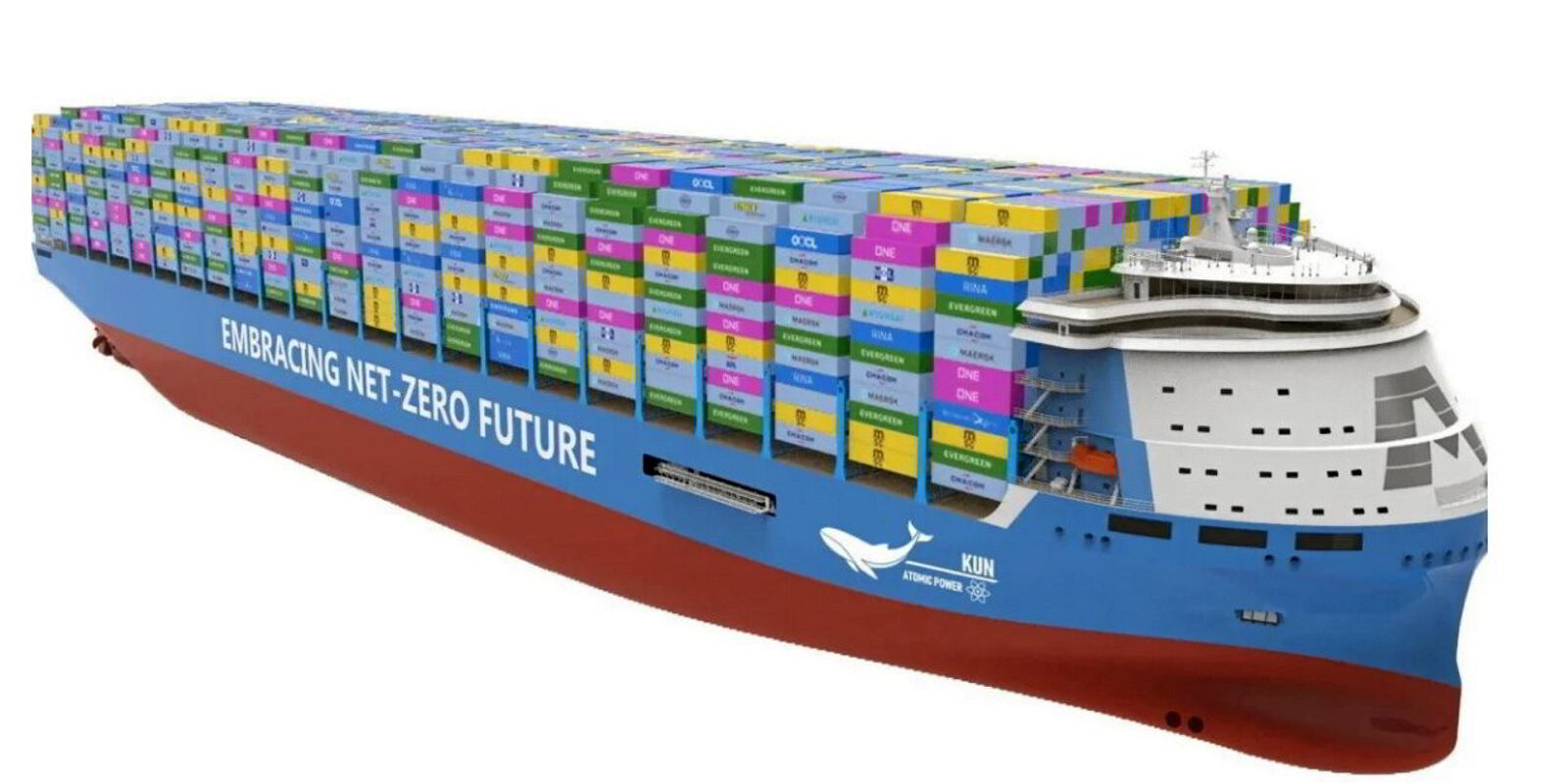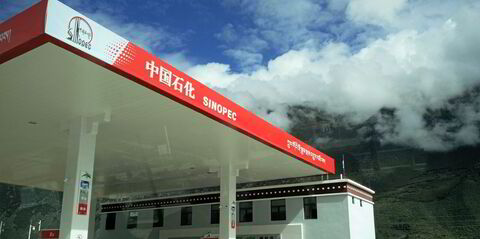UK-based nuclear start-up Core Power aims to build a $10bn orderbook by 2030 for ship-based reactors to drive the maritime green revolution — several years before the first commercial prototypes are ready.
An experimental micro-reactor is being tested at the Idaho National Laboratory in the US but it is expected to take about eight years and $2.5bn before one is ready and regulated for fitting in a vessel, according to chief executive Mikal Boe.
The first customers are likely to be for ship propulsion systems or floating power units that could plug into onshore grids, said Boe.
While Russia is the only country with a floating nuclear power plant in operation, China is planning 20 units in the South China Sea, according to reports.
Core Power, set up in 2018, is part of a consortium — which includes Bill Gates-founded TerraPower — looking to transform nuclear power from a fringe offering to a vital element of shipping’s efforts to become a net-zero industry.
Major shipping players remain sceptical of its place in the energy mix given the more advanced development of other green fuels and the public, environmental, regulatory and economic barriers to going nuclear.
But Boe suggested the drawbacks of current green fuel options — including the high cost and poor energy efficiency — provided powerful arguments for investing in nuclear power for shipping and floating power production. He expects insurance and regulatory concerns to be addressed by 2030.
Raw capitalism
“It’s a raw capitalist industry. There’s only one thing that matters and that’s money and nothing else,” said Boe.
“Shipping isn’t a magic thing — it’s just logistics,” said Boe. “If your ship isn’t working, then turn her into a power station.”
Nuclear was part of the conversation as the industry gathered at Posidonia but the messages for those pushing for a greater role for nuclear were mixed.
Greek shipping magnate George Economou told the Capital Link conference that the only future fuel he liked was nuclear.
But he added: “It’s never going to happen. It’s the cleanest but it’s not politically acceptable.”
Bankers and shipowners at the event emphasised that drawbacks and costs have led shipowners to revert to ordering conventionally powered newbuildings.
Greece’s Ioannis Alafouzos is among major tanker owners expressing doubts about the alternative fuels and said that conventionally fuelled engines would continue to play a large role in the years ahead.
“What I’m hearing increasingly from clients is they are going to stick with conventional fuel,” said Stephen Fewster, global head of ship finance at ING.
Despite the anticipated large upfront cost of a nuclear power unit — estimated by Boe at about $120m to $150m and initial fuel costs three times that figure — he claimed that escalating costs of green fuels and carbon taxes for traditional fuels would make the technology more competitive.
Boe said that nuclear-powered shipping is currently assessed as competitive at the equivalent of $500 to $700 a tonne for bunker fuel over a 30-year life cycle for a vessel, with the potential for the nuclear units to be sold and reused at the end of a ship’s life.
Dual-fuelled shift
But unlike nuclear, dual-fuel newbuildings are already on order at shipyards at scale. A total of 127 alternative-fuelled vessels have been contracted so far in 2024, up 55% compared to the first five months of 2023, according to class society DNV.
Boe said that the history of major transitions suggests that while shipping interests may provide the initial cash, investment could come from outside the industry to drive revolutionary change.
“The general understanding of how long it takes to develop these new technologies so that they can be demonstrated commercially is somewhere around 20 years,” said Boe.
“We’re in the 12th year of this, so another seven to eight years before we have a commercial prototype that can be demonstrated.
“It’s designed as a new power system for the industry … what we’ve seen to date is that it’s the shipping industry and shipping investors in the maritime sector that are invested in this.

Technology disruptor
“So it’s by the industry, for the industry rather than like Wall Street and Silicon Valley coming to disrupt an industry.”
A survey of shipping players published last year found that nuclear would be on the fringes of being used by some niche shipping interests by 2050 — the target date for hitting net zero set by the International Maritime Organization last year.
Nuclear is expected to comprise 3% of the energy mix by that date, according to the study by the Global Maritime Forum, the Global Centre for Maritime Decarbonisation and the Maersk Mc-Kinney Moller Center for Zero Carbon Shipping.
Some 700 vessels have been nuclear-powered since the first submarine in 1954, most military, but cost and safety concerns have limited their uptake.
Safety is the key element of the programme at Idaho as the robustness of systems is tested, said Boe. The molten salt reactors (MSRs) being investigated by Core Power are claimed by developers to be safer and more efficient than uranium reactors used previously in warships.
Critics have previously claimed materials do not exist for MSR components to be able to withstand being exposed to chemically corrosive hot salts while being bombarded by radioactive particles.
The idea of MSRs is not new. Experimental reactors were developed in the 1950s and 1960s but did not catch on as there was little demand, with plentiful cheap oil and less recognition of climate change.
Now, with the vast cost of the energy transition, nuclear is being considered as a potential alternative. China’s Jiangnan Shipyard hopes to build the world’s first vessel powered by MSR technology.
A prototype for a huge 24,000-teu nuclear-powered container ship was unveiled last year at the Marintec China exhibition.
Read more
- US sanctions aggression pushes companies to widen compliance scope
- Wind revolution sees British funding shift focus from shipbuilding to cleantech
- British cleantech firm gets venture capital funding for wind propulsion trials
- Nuclear shipping propagators band together to found NEMO
- Quest for zero-carbon shipping fuels needs to be taken as seriously as Covid, says BRS chairman





